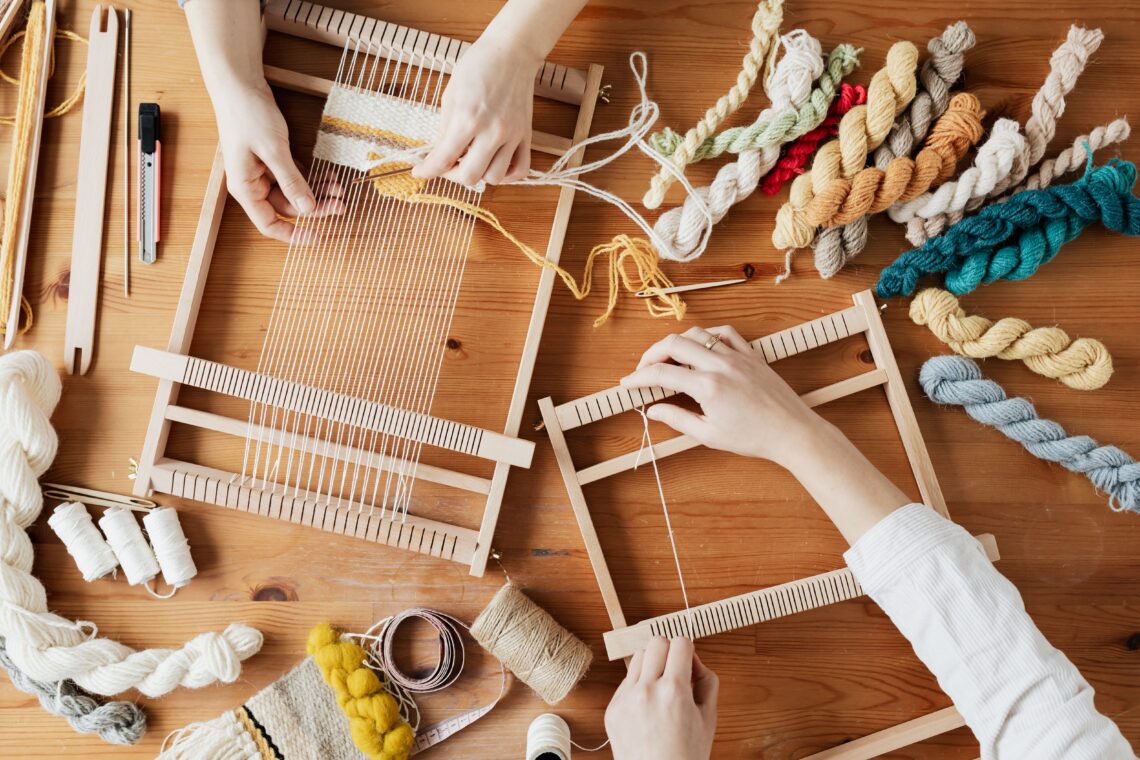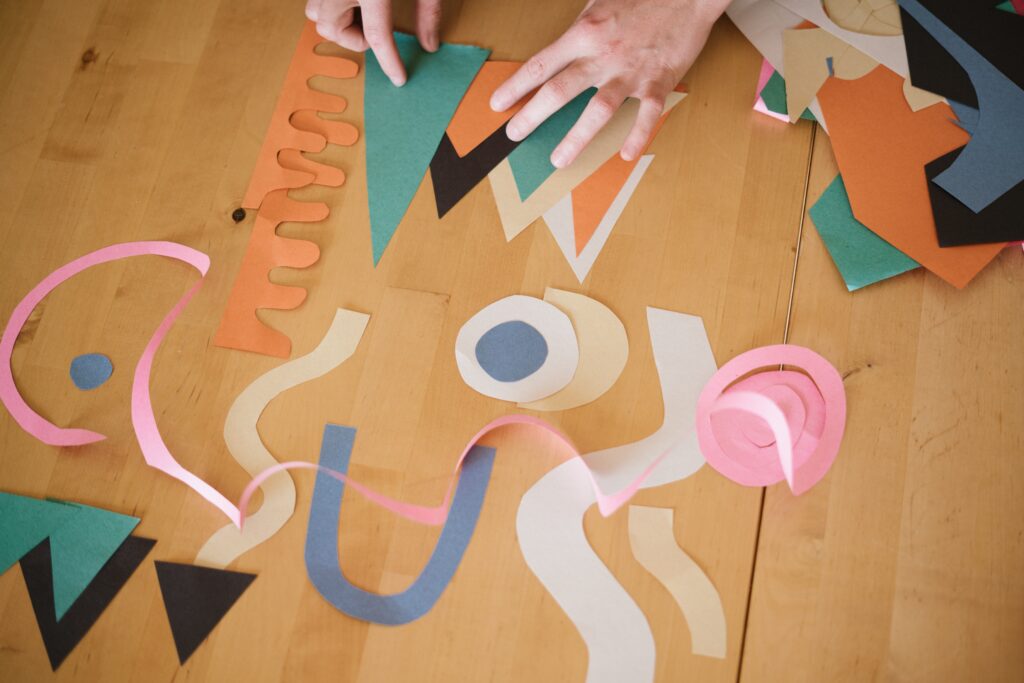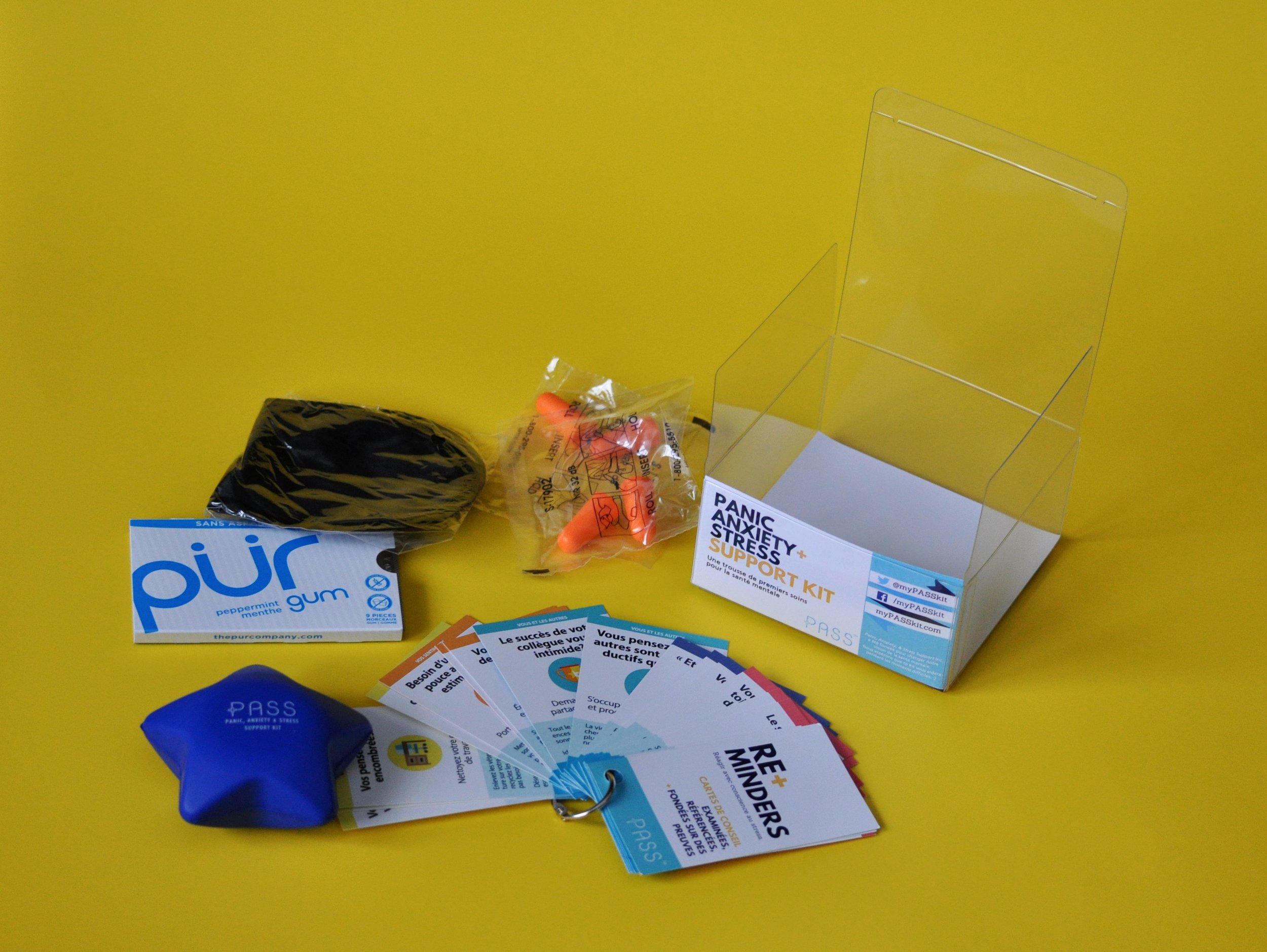
Counselling only goes so far: How art hives can be effective mental health tools
Kind Mind
Introducing Kind Mind, a health and wellbeing column committed to sharing stories of recovery, transformation, healing and hope. Columnist Simone Côté is a recent Master of Arts in Education and Society graduate from McGill University whose Master’s thesis focused on art and wellness.
Throughout the years, my counsellors have always commended me on how actively I engage in my treatment, how willing I was to try what they recommended. Journaling, scrutinizing negative self-talk with opposing evidence, listening to music I enjoy, creative writing, meditation, yoga — these were all things I practised in order to work out the intense trauma-based fear responses I had learned in childhood. It was a lot of hard yet rewarding work, but even with actively participating in my treatment, I still felt isolated and lonely. I felt there was something missing.
Without a doubt, counselling has taught me some integral tools, but stigma and other barriers to accessing care — such as finding the right fit for you, as an individual — are complex variables, whose negative effects have been proven in journals like Psychiatric Rehabilitation Skills, the Encyclopedia of Adolescence, and BMC Psychiatry. These factors still prevent too many students and young people from receiving the care they need, as a 2017 story in the Toronto Star outlined.
As I entered young adulthood, I also wondered why all this learning had to be done in a client-patient relationship — could there not be other, more accessible forms of enrichment so as to avoid some of the institutional barriers to care that so many face? Could there be less complicated, more open-ended options?
For young people experiencing similar emotional challenges, counselling on its own may not be effective. While talk-therapy is a common response for those who may be struggling, shifting to a holistic conception of health broadens the scope of intervention and reduces the pressure or expectation solely on the individual to be well, understand and access their care.
For young people like me — who enter adulthood in an increasingly perfectionist, precarious, competitive, high-pressure and fast-paced society, who carry generations of shame about mental illness in the family, and who have experienced complex trauma early on in their lives — I believe cultivating additionalsources of environmental enrichment in everyday life are crucial to healing and well-being.
Many counsellors can build meaningful relationships with their clients to enable them to feel concepts like safety, compassion and acceptance. Negative experiences with counsellors have also deterred me from seeking out help in the past. In my decade of on-and-off talk-therapy experience, I found that it is very difficult to find a special bond with a counsellor.
Coming to accept this reality in recent years, I continued to practise concepts I had found helpful from past counsellors including grounding techniques, cognitive behavioural therapy, deep breathing/meditation, compassion, movement and journaling. My interest in everyday practice of these techniques led me to discover Art Hive initiatives.

Art Hive represents a welcoming space, encouraging students, staff, faculty and visitors to take a break from their daily activities, engage with their creativity — no matter their artistic ability — and enjoy the company of others as well as the healing aspect of art-making. While some workshop programming may run in an Art Hive, the open-studio structure allows anyone to come in, make art, maybe strike up a conversation, relax and head out as they please.
During my first year of graduate study in the fall of 2018, I participated in an Art Hive experience at the McGill Art Hive Initiative. Janis Timm-Bottos, who’s an associate professor in the department of creative arts therapies at Concordia University, and Concordia art therapist Rachel Chainey, note in their Art Hive Guide that the Art Hive tradition is grassroots in its orientation, recognizing creativity and the creative process as a human behaviour that can help solve problems and strengthen communities.
Timm-Bottos, who also works as the director of the Art Hives Network, told Concordia University Magazine in Sept. 2018 that “the Art Hive presents an opportunity for people to be who they really are.”
“There is a sense of liberation that comes with suddenly walking into a space that honours different ways of knowing, different types of intelligence,” Timm-Bottos added.
Queen’s, McGill and Concordia universities have all implemented Art Hive initiatives to promote student health and wellness.
Although empirical literature on its effectiveness as a form of health and wellness support is scant, the socially inclusive nature of arts-based community initiatives is well documented as providing a space for people to feel seen and heard, regulate emotions and develop concepts of self-government, self-efficacy and healing. A 2019 study in the journal Arts Health explored the practice, Timm-Bottos herself studied it for the Canadian Art Therapy Association Journal in 2017 and numerous other studies have documented its positive effects in recent years.
Additionally, survey research reports from McGill University and Queen’s University indicate that the majority of students who use the space find it beneficial to their health and well-being.
With student distress, anxiety, isolation and depression on the rise at Canadian universities, and on-campus mental health services struggling to meet the increasing student demand for counselling, Art Hives provide a unique and innovative community-based form of health and wellness support.
Rina Gupta, the director of counselling at Queen’s University, told the Queen’s Gazette in 2019 that the university’s counselling services support Art Hives.
“Traditional counselling can be very helpful in times of uncertainty, but not all students feel comfortable talking about their concerns and/or negative experiences,” Gupta said. “The idea of being able to offer students the opportunity to express themselves through creativity and art is fantastic, as it acknowledges the holistic needs of individuals.”
Art Hives initiatives present a positive, enriching environment for people in need of more diverse ways to cope with overwhelming emotions, stress and anxiety. Not everyone is comfortable with talk-therapy or finds it helpful on its own. Art Hives let us come as we are; they give us a place to run away without leaving home.
When you’re in the Art Hive, you’re surrounded by other people who recognize the importance of non-judgment, compassion and connection. As a trauma cycle breaker, feeling supported by this kind of community care culture has made a huge difference in my life. At a time when we can’t necessarily be physically together, Art Hives allow us to stay connected through sharing the healing power of art-making with an inclusive community.
After more than 10 years in and out of mental health care, I have come to understand that “mental health” is not the absence of pain, but rather part of a larger system of health comprised of interrelated physical, mental, emotional, spiritual and social components.
In the socio-ecological model of health, based on Bronfenbrenner’s ecological systems theory, health can be fostered at various levels of intervention. To ensure a sustainable model of health, providing care at each level (individual, interpersonal, organizational, community, society) prevents individuals from slipping through institutional gaps by acknowledging and triaging the needs of the whole person.
Counselling may be a crucial starting point for those in distress. Shifting to a holistic conception of health enables us to understand that health is a state of physical, mental, emotional, spiritual and social needs operating at individual, interpersonal, organization, community and societal levels.
To feel supported as a whole, we must invest in our health at each level; this will look different for everyone. The important thing is that we actively acknowledge our holistic health needs and co-create, participate in and contribute to realities which sustain them.
For more information on Art Hives visit: https://arthives.org/about
Queen’s University Art Hive Initiative
McGill Virtual Art Hive Initiative
Concordia Pop-Up Virtual Art Hive Initiative
Comments, questions, thoughts? Write to us about a topic you want discussed in the next instalment of Kind Mind! Email: editor@youthmind.oldf.org
About the author
Simone Côté is a Canada-based interdisciplinary arts-based researcher, arts facilitator, and mental health advocate. She holds a Master of Arts in Education & Society from McGill University, specializing in arts-based inquiry, mental health/identity and qualitative research methods/analyses. Côté is an independently motivated community-engaged scholar and instructor, exploring the intersection of creativity, health and wellbeing in academic and community contexts and through her social media platform.





